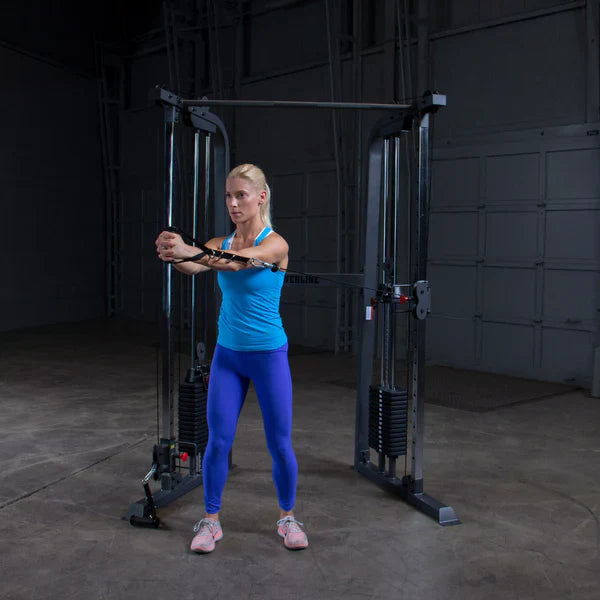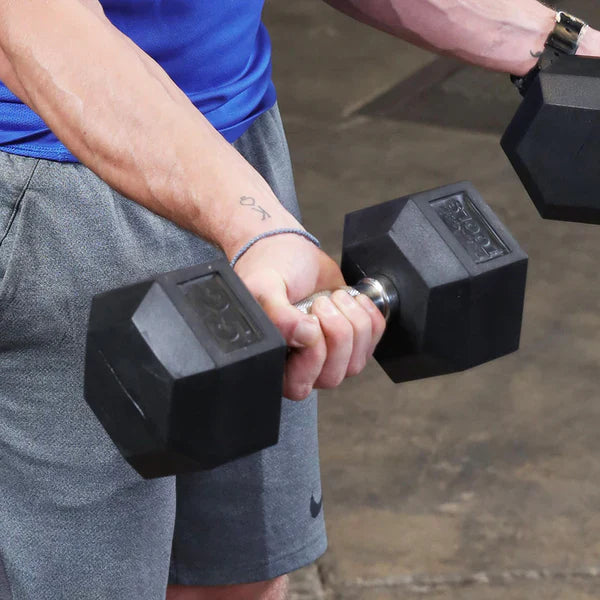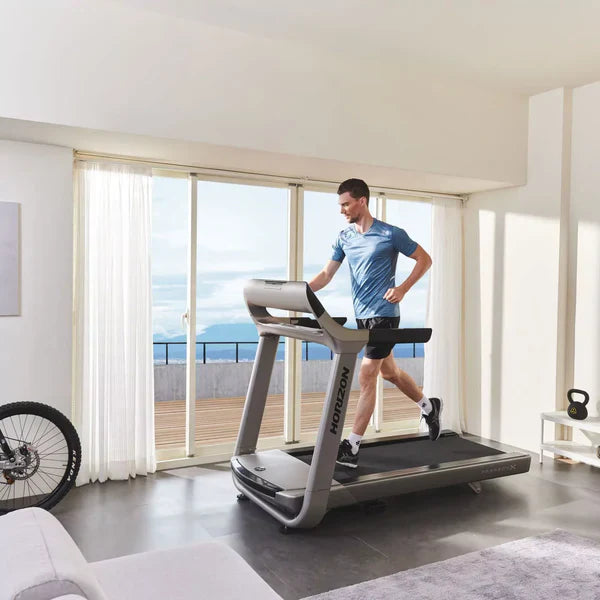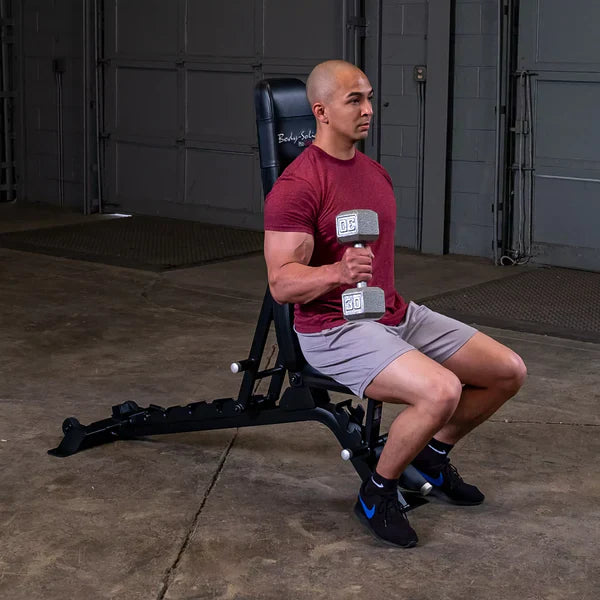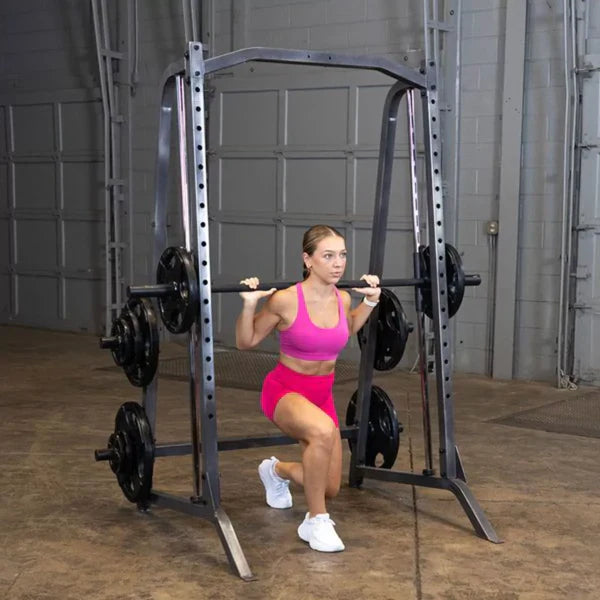Building the perfect home gym is all about finding the right balance between versatility, space efficiency, and results. Whether you’re new to fitness or a seasoned lifter, one piece of equipment consistently stands out: the functional trainer.
From providing hundreds of exercise variations to enhancing your strength, balance, and coordination, a functional trainer can transform the way you work out at home. In this article, we’ll explore the functional trainer benefits, why it’s an essential piece of equipment for any fitness level, and how to design your own functional trainer workout routine at home.
What Is a Functional Trainer?
A functional trainer is a type of strength training machine that uses adjustable pulleys, cables, and weight stacks to provide resistance. It’s designed to mimic natural movement patterns—like lifting, pulling, and twisting—helping you build strength that translates into real-life activities.
Unlike traditional machines that isolate muscles, functional trainers allow you to move freely in multiple planes of motion. This versatility means you can perform a wide variety of exercises—from squats and presses to rows and rotational movements—all on one compact machine.
If you’re short on space or want to maximize the value of your home gym, a functional trainer is an excellent investment.
Functional Trainer Benefits
The functional trainer benefits go far beyond convenience. Here are some of the top reasons fitness enthusiasts consider it one of the most valuable tools in a home gym setup.
1. Unmatched Versatility
A quality functional trainer can replace multiple pieces of equipment. With just one machine, you can perform hundreds of exercises targeting every major muscle group. This includes cable crossovers, chest presses, bicep curls, tricep pushdowns, lunges, and even core stabilization movements.
Whether your goal is strength, endurance, or rehabilitation, the adjustable pulleys and attachments make it easy to tailor your workout to your fitness level and goals.
2. Full-Body Workouts
Because functional trainers allow for both unilateral and bilateral movements, they engage stabilizing muscles while you perform compound exercises. This leads to a more balanced, full-body workout.
You can seamlessly transition between upper and lower body exercises—like alternating between cable squats and chest presses—without needing multiple machines or wasting time setting up equipment.
3. Joint-Friendly Resistance
Cable-based resistance provides a smooth, continuous tension that reduces strain on joints compared to free weights. This makes the functional trainer ideal for anyone recovering from injury or looking to train safely at home.
4. Improved Functional Strength
As the name suggests, functional trainers help improve functional fitness—the strength and mobility needed for everyday activities. Movements like lifting groceries, carrying children, or climbing stairs become easier because the exercises mimic real-world motion.
5. Compact and Space-Saving Design
When designing a home gym, space is always a top concern. A functional trainer offers a compact footprint while replacing the need for bulky machines. Many models even come with built-in storage for attachments, keeping your workout area organized and clutter-free.
The Best Functional Trainer for Home Gym Setups
Choosing the best functional trainer for home gym use depends on your space, budget, and fitness goals. Here are a few key factors to consider before making a purchase:
1. Build Quality
Look for a sturdy steel frame, smooth cable operation, and precision weight stacks. High-quality materials ensure safety and longevity, especially if you plan to use it daily.
2. Adjustability
A great functional trainer should offer multiple pulley height positions and easily interchangeable attachments. The more adjustable the system, the more versatile your workouts will be.
3. Weight Stack Options
For strength-focused users, heavier weight stacks (200 lbs per side or more) are ideal. Beginners or those focused on toning may find 150 lbs per stack sufficient.
4. Attachments and Accessories
The best functional trainers come with a variety of handles and bars—such as a straight bar, tricep rope, ankle strap, and D-handles—allowing you to perform dozens of unique movements.
5. Footprint and Ceiling Height
Measure your workout area carefully. Compact models are ideal for small rooms or garage gyms, while larger models may include a pull-up bar or integrated smith machine for additional functionality.
Functional Trainer Workout Routine at Home
Creating an effective functional trainer workout routine at home is simple once you understand the basics. Here’s a sample full-body workout that targets all major muscle groups using just your functional trainer:
Warm-Up (5 minutes)
-
Arm circles
-
Bodyweight squats
-
Light cable face pulls
Workout Routine
1. Chest and Shoulders
-
Cable Chest Press – 3 sets of 12 reps
-
Single-Arm Cable Fly – 3 sets of 10 reps each arm
-
Standing Shoulder Press – 3 sets of 12 reps
2. Back and Biceps
-
Seated Cable Row – 3 sets of 10–12 reps
-
Lat Pulldown (using top pulley) – 3 sets of 10 reps
-
Cable Bicep Curl – 3 sets of 12–15 reps
3. Legs and Glutes
-
Cable Squat – 3 sets of 15 reps
-
Cable Lunges – 3 sets of 10 reps per leg
-
Glute Kickbacks (with ankle strap) – 3 sets of 12 reps per leg
4. Core and Stability
-
Cable Woodchoppers – 3 sets of 15 reps each side
-
Standing Cable Crunch – 3 sets of 12 reps
-
Pallof Press (anti-rotation hold) – 3 sets of 30 seconds per side
Cool Down (5 minutes)
Stretch your major muscle groups and perform light mobility work to enhance recovery.
This versatile workout demonstrates how one machine can provide an intense, full-body training experience without needing extra equipment.
Why the Functional Trainer Outperforms Other Home Gym Equipment
When comparing a functional trainer to other home gym equipment like dumbbells, resistance bands, or Smith machines, it offers unique advantages:
-
More Control: The cable system lets you fine-tune resistance and angles for each exercise.
-
Constant Tension: Unlike free weights, cables maintain resistance throughout the full range of motion.
-
Variety: The exercise possibilities are nearly endless, reducing boredom and promoting consistency.
-
Safety: With no need for a spotter and smooth cable resistance, it’s safer for solo workouts.
For these reasons, many fitness experts and personal trainers consider a functional trainer the single best investment for a home gym setup.
Final Thoughts: The Ultimate Home Gym Investment
If you’re looking to create a versatile, space-saving, and effective training environment, a functional trainer should be at the top of your list. From boosting strength and improving mobility to offering endless exercise options, it’s truly the best functional trainer for home gym enthusiasts who want professional-quality workouts without leaving the house.
Whether you’re performing a structured functional trainer workout routine at home or just adding some dynamic movements into your existing program, the benefits are undeniable. It’s the one piece of equipment that grows with you—no matter your goals or fitness level.
Invest once, train for a lifetime, and experience the transformative functional trainer benefits that make every workout more effective, engaging, and rewarding.

